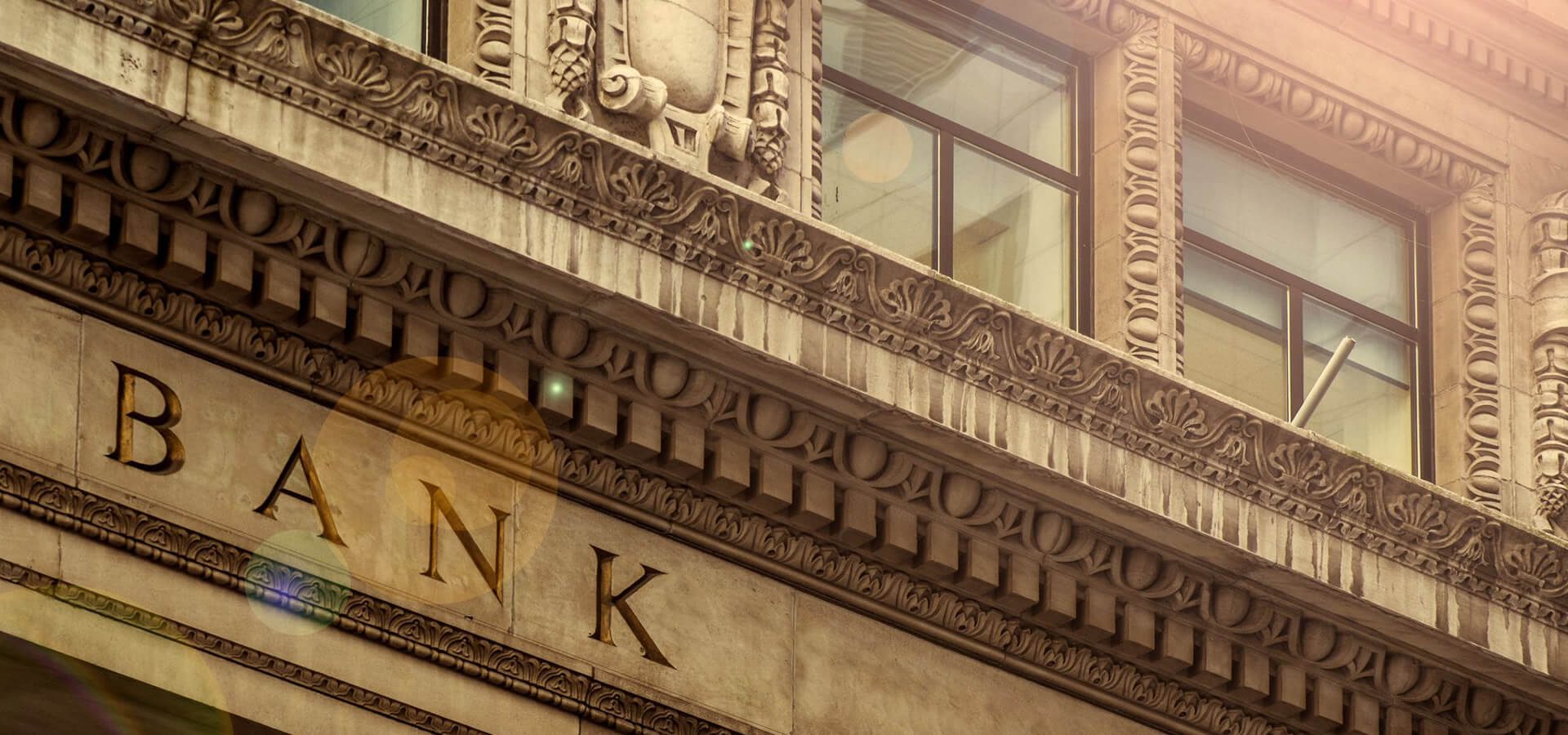alva is now Penta. We are the world’s first comprehensive stakeholder solutions firm. Learn More
Hit enter to search or ESC to close

The financial services sector is experiencing a period of intense disruption and evolution. Financial institutions are grappling with challenges ranging from automation, the rise of fintech and a pronounced shift in the ways in which consumers expect to access services.
While dealing with these medium- and longer-term issues is clearly key to a bank’s sustained success, the retail banking sector in particular must not allow the focus to slip from potentially more damaging reputational risks.
In this piece, we take a look at three of these determinants of reputational risk for retail banks.
In this piece, we take a look at three of these determinants of reputational risk for retail banks.
You wouldn’t expect anyone to trust a bank with their hard-earned money if it can’t handle its own finances. As a result, a financial institution’s bottom line is also the foundation of its reputation. Likewise, people expect a bank to keep their money safe, so data breaches and phishing attacks are particularly harmful to a bank’s reputation.
While cyber security is key for any organisation, the communication channels between banks and their customers are particularly tempting targets for scammers. And with millions of unauthorized attempts to breach data security occurring every day in the financial services sector, this really is one of the biggest reputation risks facing banks. The risk of loss here is very real for both banks and their customers, with trade body UK Finance finding that British banking customers were defrauded of £1.2bn in 2018.
Firewalls and increased cyber security might protect their data, but customers can’t see them at work. The most effective approach from a reputational risk perspective is being open about these risks and educating customers on how to protect themselves. Barclays has had success with its, frankly chilling, TV campaign highlighting how easily it is to be fooled and into giving up account access details.
For individual financial institutions, one of the most powerful reputational risk issues is a disgraced senior executive. The image of the friendly bank manager, who knows your face, your middle name and your dog’s birthday jars with that of the CEO caught fiddling the books or demonstrating a lack of moral fibre.
The 2013 scandal surrounding Co-op Bank chairman Paul Flowers, following his use of illegal drugs and male escort agencies, had a severe impact on the bank’s reputation at the time. While this type of risk is relatively infrequent in the sector, the impact in terms of negative publicity can be devastating. In Co-op’s case, the scandal managed to overshadow even its weak financial results – as well as causing repeat damage years later, when the story was dredged up in 2017 as the bank was looking for a buyer. Analysis of Co-op monthly sentiment scores at these key times by alva shows just how central executive behaviour is in reputation management.
With increasingly tighter laws and regulations governing executive behaviour and public opinion continuously redefining the wider scope of what is acceptable, trying to manage the reputation risk of an off-message executive is an ever trickier prospect.
As well as individual threats, the sector as a whole is vulnerable to reputation contagion. Peter Mitic, head of operational risk methodology UK at Santander, and honorary professor at University College London, coined the phrase ‘network drag’ for the knock-on effect of a drop in one organisation’s public rating due to negative events on the rest of the sector.
In a study of 10 top UK banks, using alva’s daily company reputation ratings, he found that some banks saw a decline of almost 24% in their corporate reputation score, entirely due to something that happened to one of their rivals. This is the reality of the market risk facing players in the same sector – the tarring of all banks with the same brush.
In many ways, this demonstrates that reputation risk is the risk for banks. The sector becomes a victim of the past indiscretions of its members, meaning that future initiatives are often viewed through a negative prism and discounted. Mitic did find, however, that banks with a very good reputation could mitigate the effects of those with a poor public persona – with a reputational boost of over 40% in some cases.
For banks, as with any organisation, the real opportunity is not simply in mitigation but rather in flipping these reputational risks and turning them into platforms for positive differentiation.
Be part of the Stakeholder Intelligence community